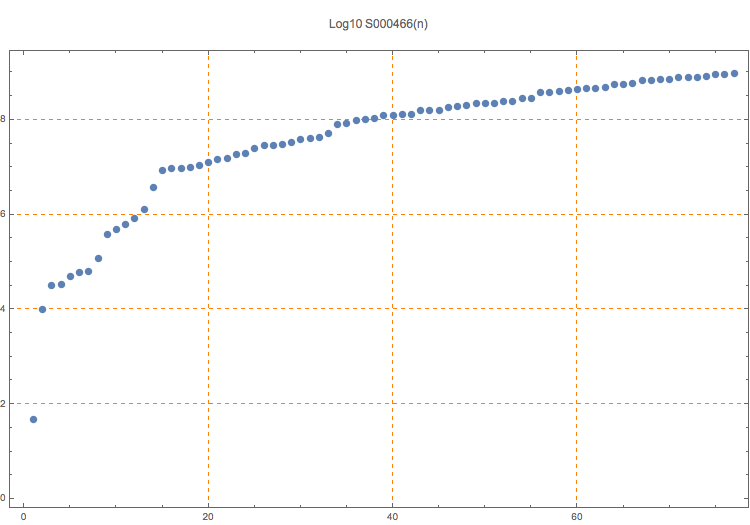Numbers n such that max(sfp(n), sfp(n+1), sfp(n+2)) < sqrt(n), where spf(n) is the squarefree part of n.
48, 9800, 31211, 32798, 48373, 59534, 63000, 118579, 373827, 488187, 629693, 830464, 1294298, 3815174, 8388223, 9235520, 9516680, 9841094, 11121382, 12708359, 14325848, 15407171, 18966023, 19890624, 24737542, 28140000, 29320000, 29445038, 34032190
1
Rouse and Yang do not consider this sequence. However, it is more dense than the sequence for exponent 1/3, which is the next sequence.
T. D. Noe, Plot of 77 terms
T. D. Noe, Table of 77 terms
Jeremy Rouse and Yilin Yang, Three Consecutive Almost Squares, arXiv 1502.00605 (Feb 02 2015).
Eric W. Weisstein, MathWorld: Squarefree Part
(Mma) sfp[n_] := Module[{p, e}, {p, e} = Transpose[FactorInteger[n]]; Times @@ (p^Mod[e, 2])]; Select[Range[10^6], Max[sfp[#], sfp[# + 1], sfp[# + 2]] < Sqrt(#) &]
nonn
T. D. Noe, Feb 04 2015
